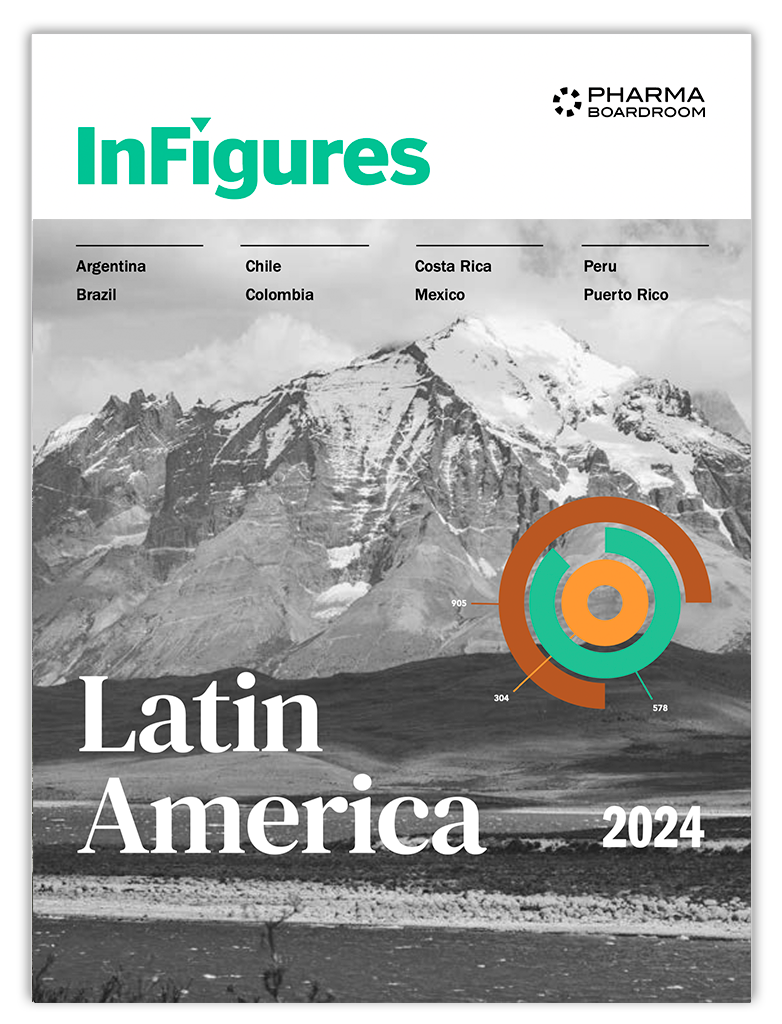The global leader in the specialized niche of micronization services, Jetpharma is set for continued steady growth driven by the continued development of extremely dangerous-to-handle highly potent active ingredients.
To begin, could you please introduce Jetpharma and the field of micronization to our readers?
Maurizio Schiavazzi (MS): Jetpharma is a leading micronization service provider to the pharmaceutical industry worldwide. This means we process a wide range of APIs, usually coming from pharmaceutical innovators, and using our spiral jet mill technology effectively, we break what is usually a powdered substance down into particles of a size consistent with our clients’ needs. With over 40 years of experience in this specialized field and currently registered by all major pharmaceutical regulatory agencies, Jetpharma has developed robust proprietary technologies which allow us to provide an unrivaled range of micronization capabilities and thus we work with the vast majority of the “blue chip” pharmaceutical companies worldwide, as well as a range of specialized firms of different sizes. We always ensure our clients the highest degree of confidentiality.
How is Jetpharma differentiated from other companies in the micronization field?
MS: Firstly, Jetpharma has over 40 years of experience in the field of micronization, which is unrivaled by any other organization in the world as far as we are aware. In parallel, we have optimized our proprietary Spiral Jet Mill technology in house over the last 31 years, and we do not sell or disclose any of these technologies. As such, today we have a wider range of capabilities and higher degree of control that any other company in the field of micronization, particularly in terms of particle size distribution, efficiency, yield, and service quality and quality assurance.
[Featured_in]
Additionally, we have the necessary capabilities to handle practically any substance which our customers may bring to us, including highly potent active ingredients (HPAIs) such as cytotoxic and cytostatic oncology drugs. The micronization of these HPAIs is a niche within the micronization niche, and we are one of only a handful of organizations in the world capable of micronizing such substances safely, and we can do so using our proprietary technologies which offer advantages exclusive to Jetpharma.
Do you find you compete with the internal supply organizations of big pharma innovators?
Alberto Martinoli (AM): Only a few of the top innovative pharmaceutical companies have significant in house micronization capabilities, particularly in the area of HPAIs. While manufacturing HPAIs is dangerous, it is relatively feasible in terms of the precautions that must be taken and the necessary equipment. Micronizing these HPAIs is significantly more dangerous, and thus requires extensive investment, training, time and dedicated resources and systems. This is such a niche capability that very few pharmaceutical companies are in a position that makes sense to develop these capabilities in house. As such it usually makes more sense for pharma companies and API manufacturers to outsource their micronization needs to us.
[related_story]
Moreover, for those that do or are tempted to handle these needs in house, they would still not have the same degree of experience that Jetpharma has developed. As such, we are confident we can really deliver a better quality and more cost-effective service to our customers than even the biggest and most advanced pharmaceutical innovators could provide in house.
What are some of the trends in pharma manufacturing that you are seeing drive Jetpharma’s growth?
AM: Starting in the year 2000 we started to see the arrival of the new generation of oncology drugs and other HPAIs. We started work on our first high containment glove boxes which would allow us to work with these extremely toxic substances around this time, and began to offer services in this area in 2003.
Since then we’ve seen steady and ongoing growth in demand for the micronization of very toxic and dangerous substances, both in clinical development and for commercial manufacture. In part, the need for micronization is associated also with the tendency of such substances to have very low solubility, which is a characteristic of many innovative substances today.
As we expect to see this trend continue, we forecast about 15 percent growth in turnover for the next five years, perhaps even a bit higher, but beyond that is unclear. That said, I don’t see any relevant shifts in the industry upcoming in terms of new classes of APIs or drastic developments in micronization technology and/or client requirements. Therefore, for the time being, we will just be steadily investing to ensure our capacity and workforce can keep up with demand.
Mr. Martinoli, we understand you founded Jetpharma in 1986, introducing a new generation of fluid jet mill technology to the pharmaceutical industry. What was this technological development, and how did you come to create this company?
AM: My background was in the chemical industry, and thus my first interaction with micronization technology was not in the pharmaceutical field. The micronization technology being used in the chemical industry at that time was very effective and up to date, however it was not well suited to applications in the pharmaceutical industry where extreme contamination control is required and a variety of other quality assurance and safety concerns must be met. Jetpharma was created to provide the capabilities of some of these already existing technologies to pharmaceutical manufacturers, which has essentially been an ongoing process which started in 1986 and continues today.
What are some of the attributes and aspects of this technology which you have worked to continuously optimize over the last 30 years?
AM: Essentially our efforts in R&D and proprietary technological developments have been driven by the needs of our customers. One of the main factors which we have had to develop, optimize, and control the geometry of our spiral jet mills which controls a wide range of variables of concern to our clients.
Initially, one of our major challenges was to provide particles of the right size distribution, and being able to control the characteristics of that distribution. In earlier years, we worked very hard to figure out how to ensure sharp bounds to our particle size distributions, such that we could provide clients with their API micronized to particles between 5 and 15 microns, with zero particles below 5 or above 15 microns. Over the years, we have refined our control to the extent that today we can meet any requirements clients might ask from us in this regard.
Another key attribute our clients look for is yield, particularly as many of the APIs we work with are extremely expensive to produce, and thus a few grams of lost material per kilogram micronized can be a substantial cost.
MS: There are other aspects which our engineering team of four engineers has worked on over the years, along with collaborators from the University of Applied Sciences and Arts of Italian Switzerland (SUPSI), to optimize our Spiral Jet Mill technology in terms of efficiency, consistency, cost, ease of cleaning procedures. For example, we have made great improvements over the years to the design of our jet mills in order to enhance the efficiency. Another issue has been our ability to control and minimize the force to which the substance is subjected during the micronization process such that the powder is not stressed beyond certain controlled limits.









